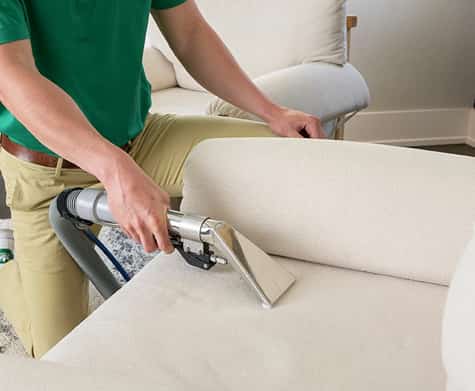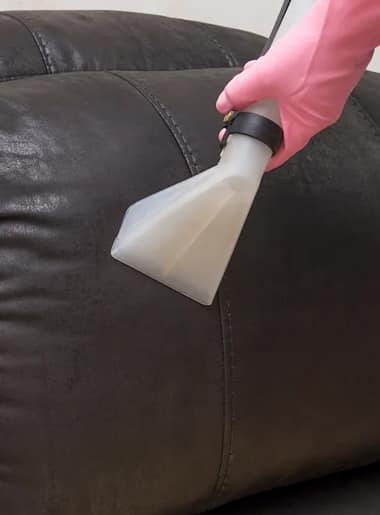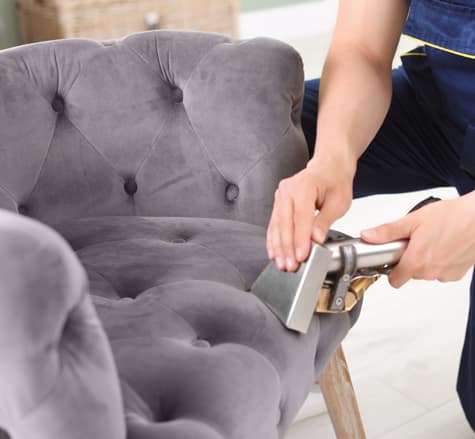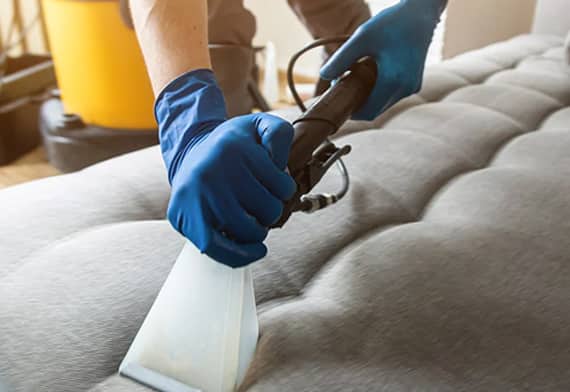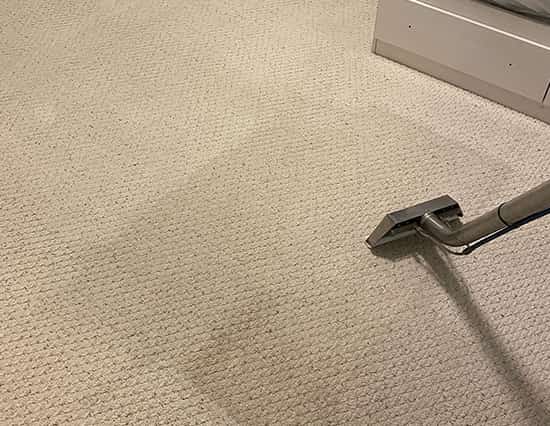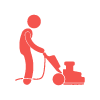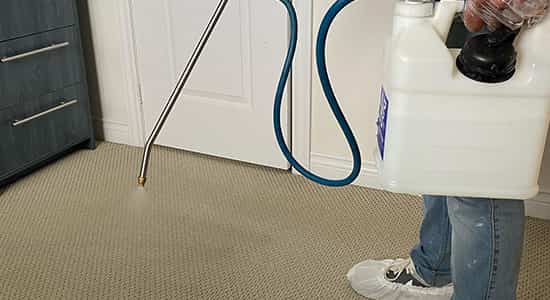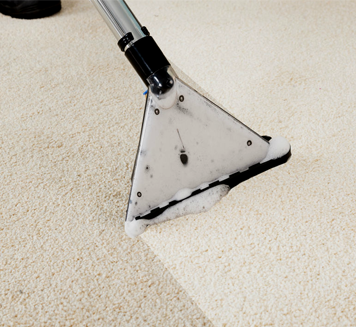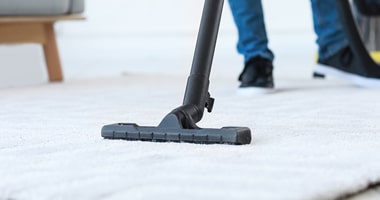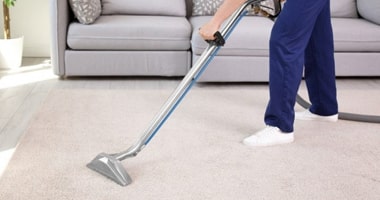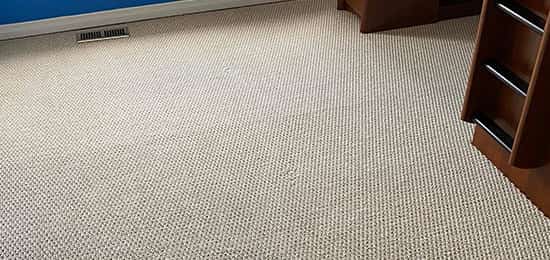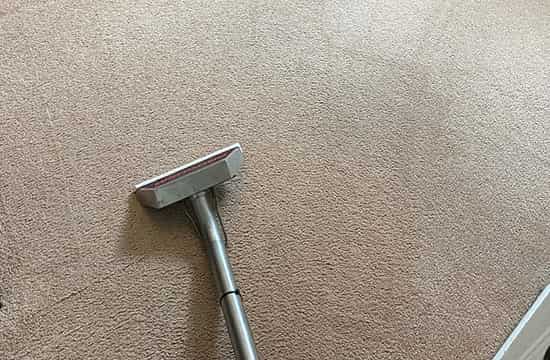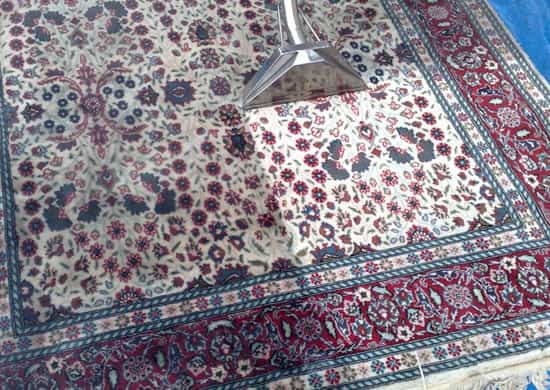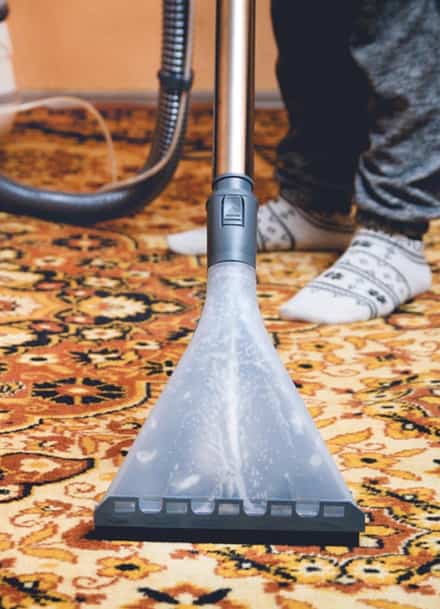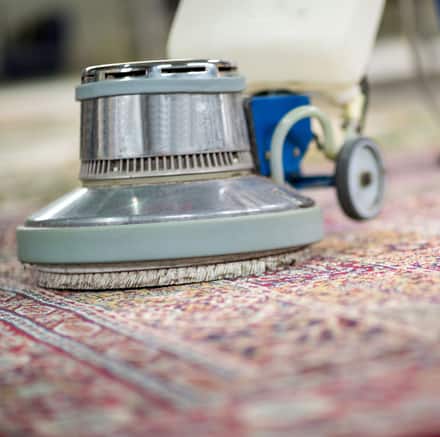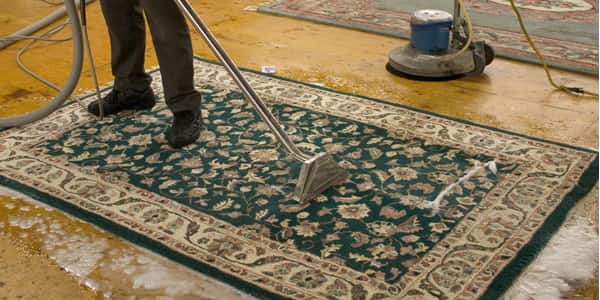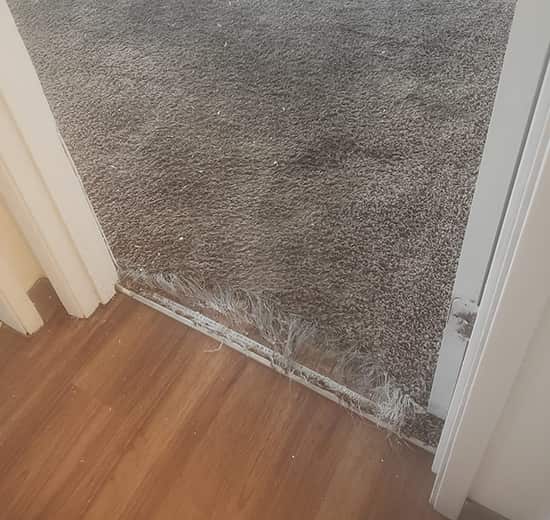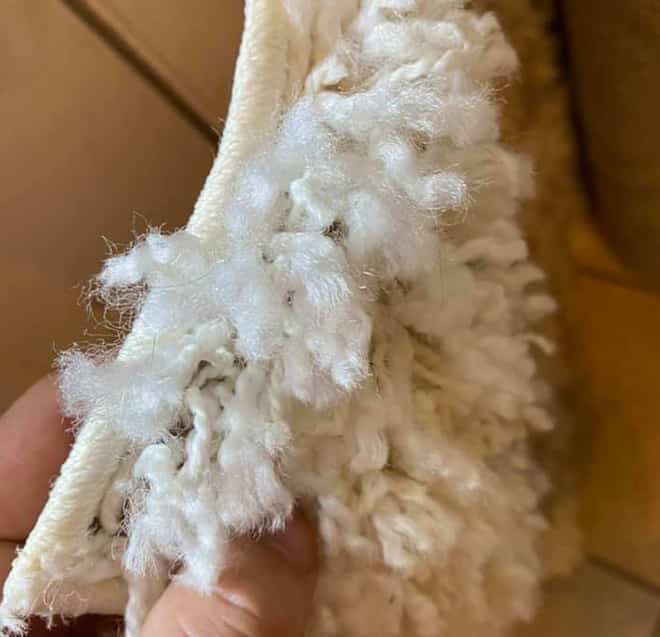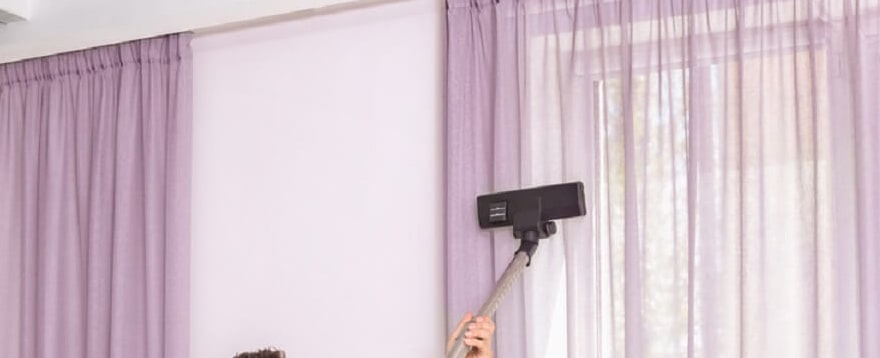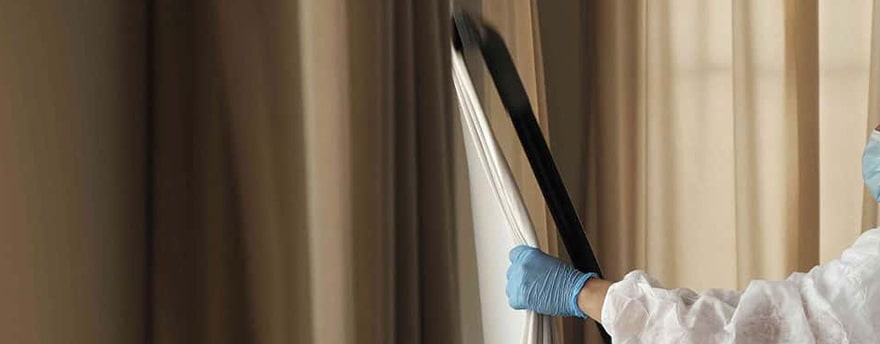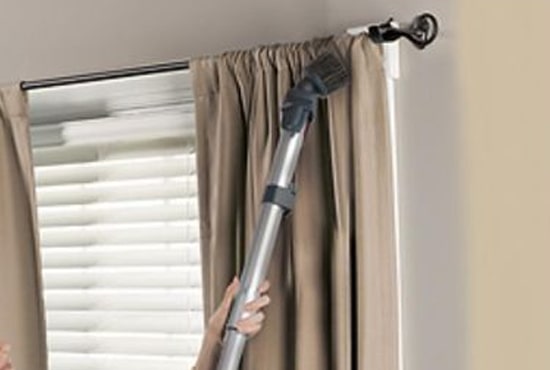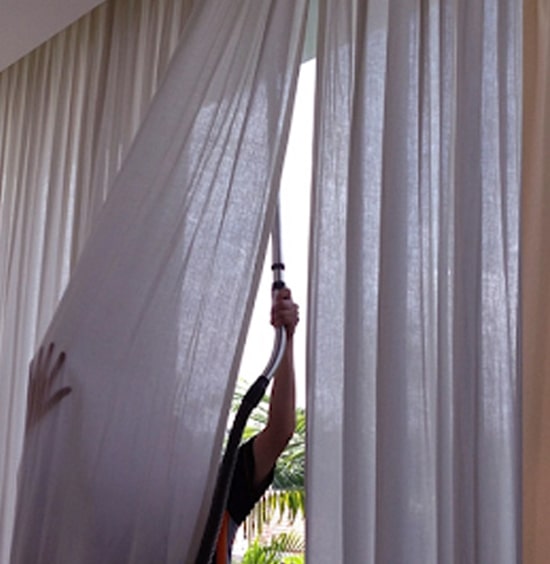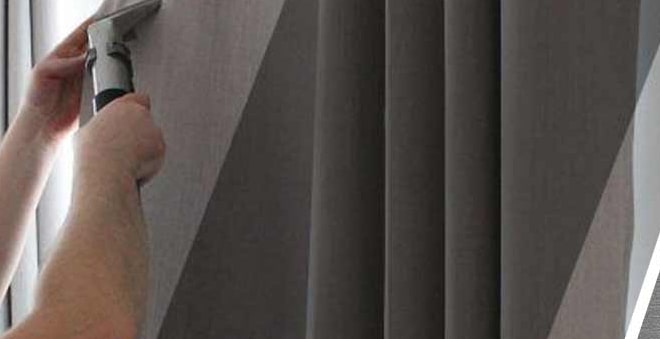Professional Cleaning For Floor and Wall Tiles, Call Us Now: We Serve Entire Carine
Knowing how to avoid the most common mistakes people make when cleaning is essential. A simple wipe-down of the walls and floor won’t do the trick. Instead, consider using a service to deep clean your tile grout. Our professional tile cleaners in Carine can attend to your tile and grout immediately.
Here at Prompt Tile And Grout Cleaning Carine, we have all resources to restore the lost shine and lustre over time. From steam cleaning to dry cleaning and pressure cleaning to sealing, we can do everything to get the job done if you want a spotless finish. Our grout cleaning methods are effective because we know that grouts are porous and rapidly absorb dirt and debris so we clean them accordingly. Additionally, we can clean mould, fungi, bacteria, and pathogens from your tiles and grouts.
Any time, any day, anywhere in Carine, you can count on our Tile and grout cleaning Carine staff to provide you with the assistance you need. You can get in touch with our team right now.
Special Tile Cleaning Deals For Your Dining, Kitchen, Hall & Lounge Area At Best Prices
We guarantee that you will be well taken care of whenever you hire us to do your tile and grout cleaning. Our professional tile cleaning services in Carine, have earned us a reputation for excellence amongst our clients and made us a spot at the top of the industry. When it comes to helping our clients, we consistently strive to go above and beyond.

Bathroom floors and walls tile cleaning
The tile and grout in your bathroom or shower take regular hits from moisture, soap, detergents, and shampoo. This raises the potential for mould and stain growth and causes surfaces to become dangerous and slippery. In Carine, we can clean and repair your washroom tile and grout so that you can feel safe walking on them again.

Shower tile cleaning
Our expert cleaners can thoroughly scrub your tiled shower and bathroom floors. Prompt Tile Cleaning uses top-tier equipment and products to ensure a bacterium- and germ-free environment for your tiled shower. We remove any traces of grime, pollutants, and mould development to restore your bathroom tiles to their original beauty.

Kitchen floors and walls tile cleaning
Tiles that have seen better days can be restored to their former glory with the help of our powerful cleaning agents, which eliminate embedded dirt, grease, mould, and mildew—a must-have for everyone who has tile floors or walls in their kitchen.
Providing a Service to Eliminate Mould and Mildew from Walls, Floors, and Fixtures
Grout and tiles may quickly become a breeding ground for unsightly mould and mildew. Bathrooms are prime breeding grounds due to high humidity and the accumulation of soap scum.
The Mold and Mildew Treatment offered by Prompt Tile Cleaning combines our tried-and-true restorative cleaning procedure with an anti-microbial stain removal solution to eliminate unsightly mould and mildew effectively.
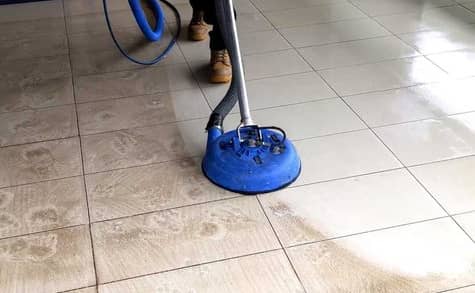
Call Us And Protect Your Grouts With Professional Cleaning And Sealing
Since grout is made of sand, cement, and water, it is easily damaged by liquids and debris once it has been laid and allowed to dry. The grout between tiles is highly porous and can be permanently discoloured by spilled liquids or waste. Grout is stained from foot traffic, and dirt is an eyesore and a health hazard.
We are here with the best solution that can save your tiles and grouts from early damage and cleaning problems. We can clean and seal your tiles and grouts in the best way. This adds many years of life to your tiled floor and you can maintain them neat and clean with mopping and vacuum cleaning.
Tile Steam Cleaning: Obtain Our Service In Carine
In tile steam cleaning, we utilize a solution that is odourless, high-quality, and environmentally safe. Our method does not risk any harm to your tiles or grout, and it will not splash water onto your walls or other surfaces.
Whether it’s ceramic, porcelain, or natural stone, our Tile and grout cleaning Carine system can revitalize it. Your tile and grout will be dried and sterilized before we depart, and our team won’t leave behind any residue or trace of the service except shining tiles.
Common Tile and Grout Issues We Solve Daily

Efflorescence
Probably the most common problem is a buildup of salt on the tiles. Efflorescence is a condition of tiles that are challenging to remove. We can remove them easily.

Gap In Grouts
Spaces in grouts can arise for several causes. Excessive humidity is a significant contributor. The creation of gaps is another potential outcome of using poor-quality grout.

Loose Sealing
It’s because of this that tiles tend to come loose. This is because of inadequate sealing. You can take help from our team to fix such problems. We use the best sealer available in the market.

Stain
Many specks of dust are left behind on tiles. This causes dirt, grit, and grime to settle onto the floor tiles. This causes discolouration and stains. Stains like these become more challenging to remove the longer they sit.
Why We Are Ideal For Your Tile and Grout Cleaning Carine Needs
Prompt Tile Cleaning is proud of its services and the positive feedback we have received from our customers. Our superior customer service sets us apart from other tile cleaning service providers. When we’re done cleaning your tiles, your tile will be shining like new. When it comes to cleaning your floors, we make sure to instruct our staff on the most secure practices. Below given are some more reasons for hiring us in Carine:
- Cleaning According To Condition The state of your tile and grout will determine our approach to cleaning it. When it comes to doing their jobs, our specialists are very versatile.
- We Clean All Tiles Marble, granite, travertine, slate, terracotta, sandstone, ceramic, porcelain, and polished porcelain are just some of the floor and wall tiles we handle and work with regularly.
- Special Treatment For Moulds With our mould and mildew treatment, your tile and grout will appear as good as new.
- Restorative Cleaning AvailableTo ensure that your tile floor looks as good as new, we’ll have a team of experts restore it for you.
- Certified Tile Cleaning Team Our tile cleaners are trained professionals who hold appropriate certifications and licenses.
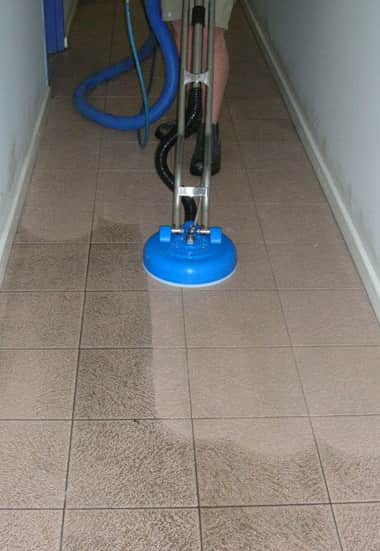
We cover all Carine suburbs, Including CBD, North, South, East & West.
We offer extensive Tile and grout cleaning Carine services. Our grout cleaning company serves all of Carine, including its outlying neighbourhoods. You can contact us by phone or through our website to arrange that. You may rely on us if you live in any part of Carine. We serve the entire Western Carine area and all of WA’s suburbs to the north, south, and central West. Our tile and grout cleaning services are available the day you call.
FAQ’s
Location: Carine, WA, Australia

